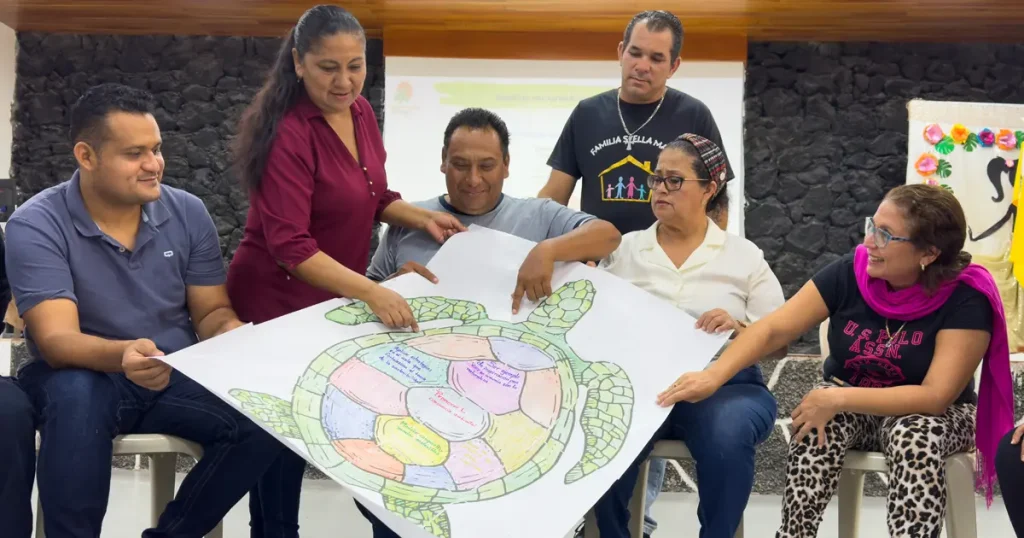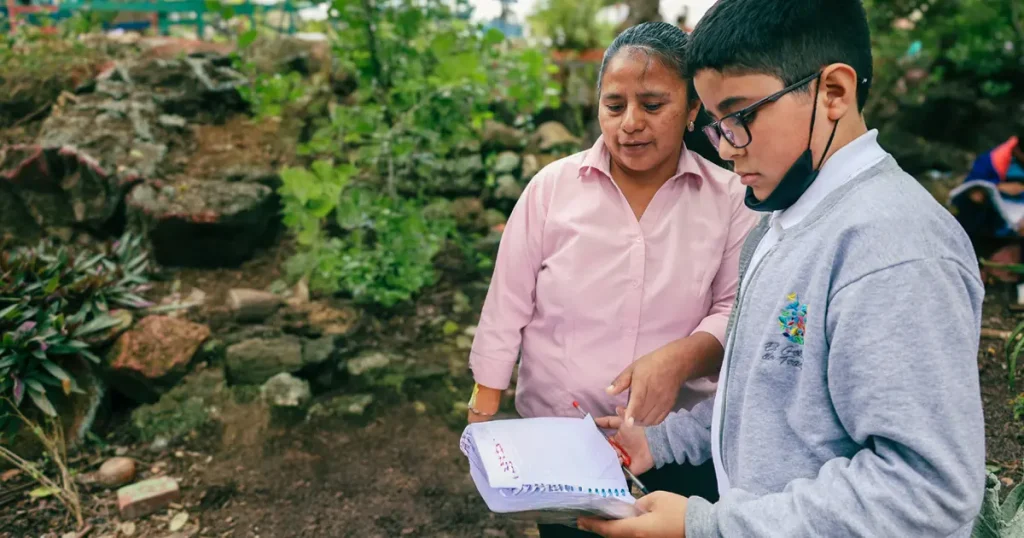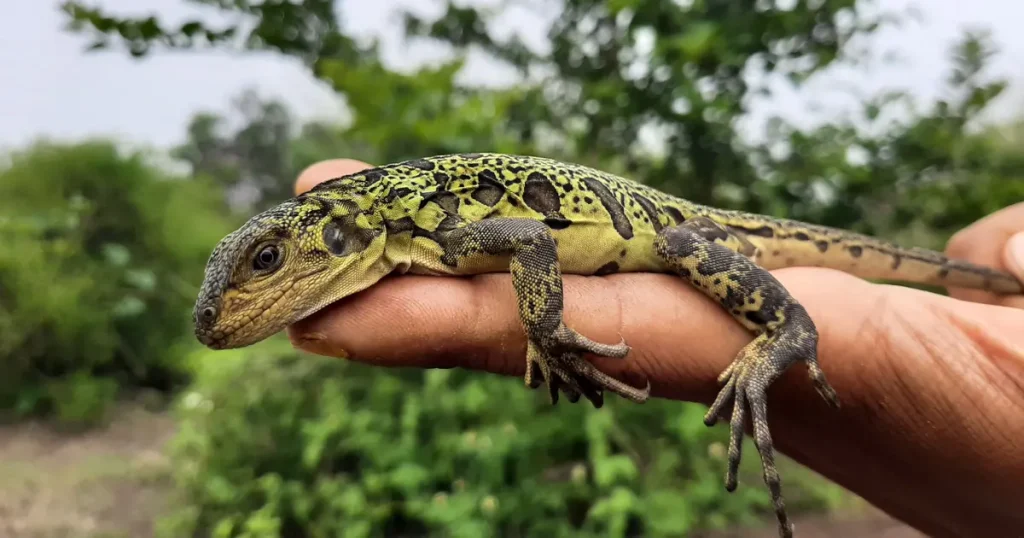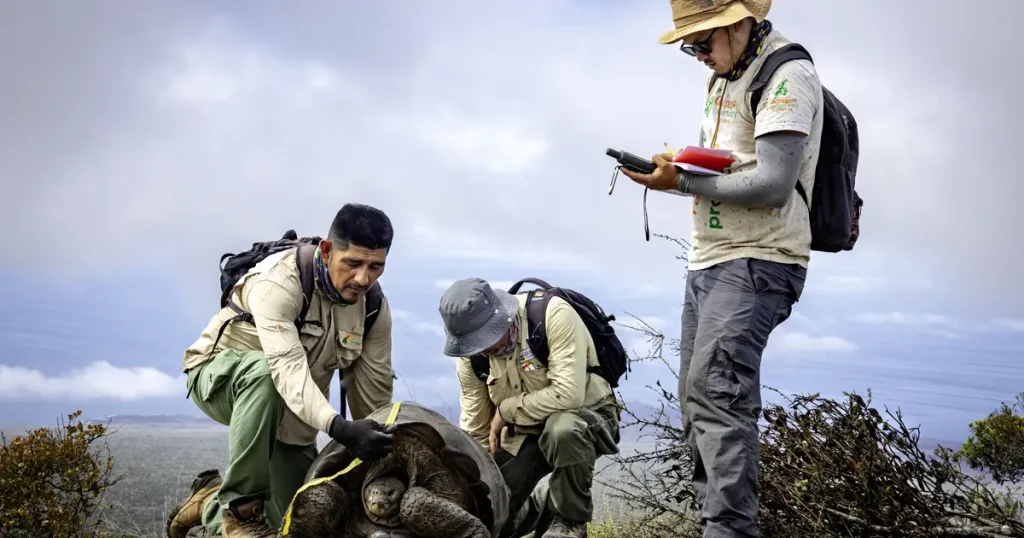Seeds of Change: Stories from Three Teachers in Galápagos
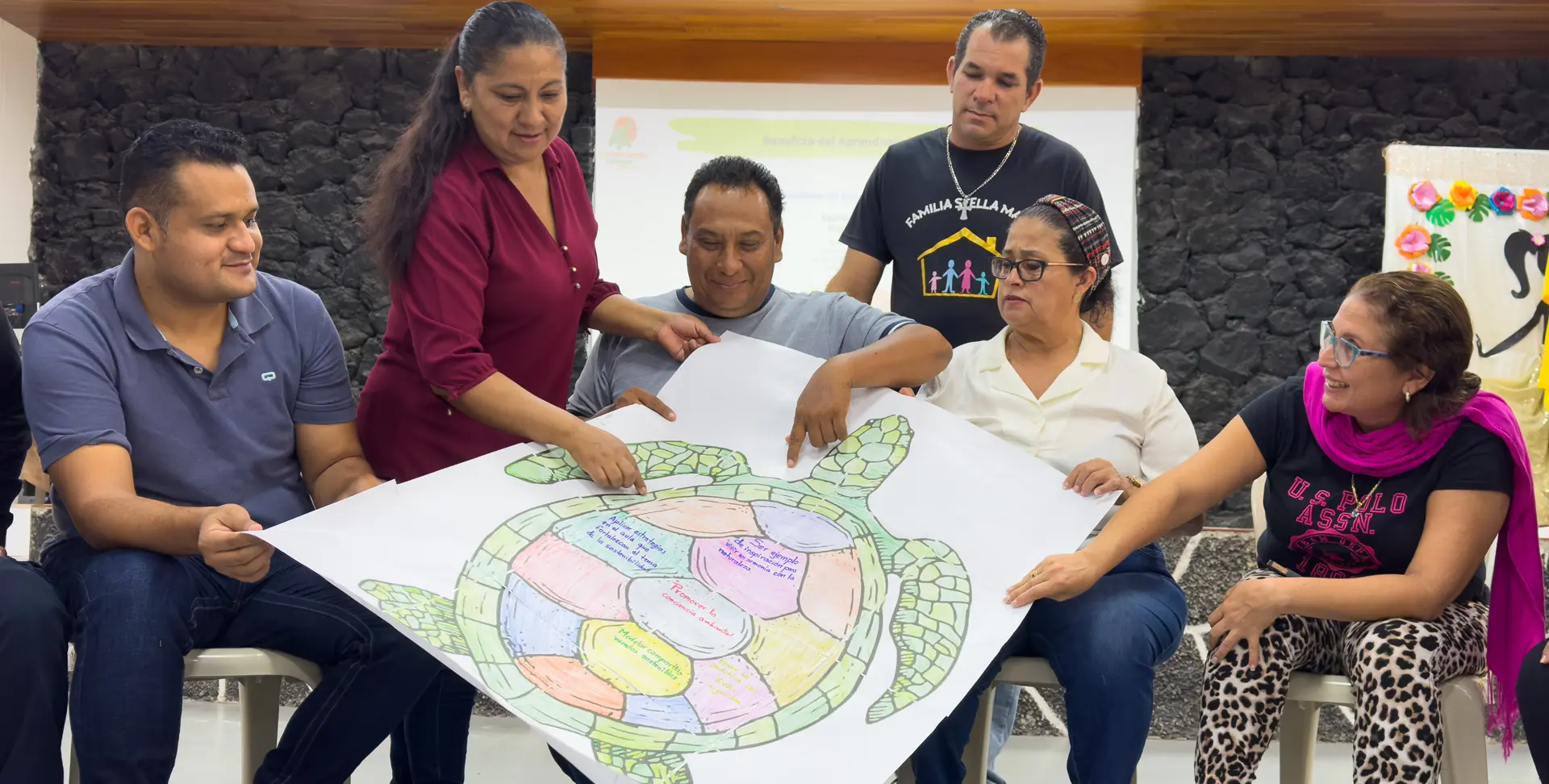
The recent Teacher Training Institute in Galápagos united 400 educators committed to strengthening their skills and inspiring conservation through education. Among them, three teachers found not only new tools, but renewed passion, a stronger sense of community, and fresh ways to help the next generation protect their islands. This is the story of how teaching can also become an act of conservation.
Teaching in Galápagos has always been a labor of love — but it hasn’t always been easy. Here, where every corner breathes life and fragility, educating young minds extends far beyond the standard curriculum.
This week, three educators — Jovana, Ángel, and Mayra — came together at the Teacher Training Institute. They arrived with questions, doubts, and dreams. And they returned to their islands with new tools, a network of support, and a reinforced conviction that to educate in Galápagos is also to conserve its invaluable natural heritage.
These are just three of the many voices sowing the future of Galápagos.
Voices from Different Islands, United by a Shared Purpose
Each island is its own world, and every community faces unique challenges. These challenges are also reflected inside the classroom, where teaching often requires adapting to contexts marked by isolation or limited resources.
Floreana: Breaking the Silence of Isolation
On Floreana, one of the smallest and most remote islands in the archipelago, Jovana Moreno often felt the profound solitude of being one of the few educators on the island.
“Sometimes I felt alone,” she confides.
With just 26 students, her teaching was almost one-on-one — but isolation limited her impact. With few resources and even fewer colleagues, her dreams of innovating seemed distant. “I wanted to do more for my students, but I didn’t know how. I had no one to share new ideas with,” she recalls.
The Teacher Training Institute opened doors she didn’t even know existed.
“I learned new techniques, but most importantly, I realized I am not alone,” she says, smiling. She found a community of teachers who share her same dreams.
Today, her students don’t just learn about the wonders of nature from textbooks — they experience it firsthand through outdoor activities, planting ideas that will flourish far beyond the classroom.

Santa Cruz: Reconnecting with the Heart of Education

On Santa Cruz, one of the most populated islands, Ángel Carrión faced a different challenge. After 25 years teaching physical education, the pandemic had eroded his motivation, leaving a sense of disconnection. “We felt cut off from everything — from students, from colleagues, even from our fundamental purpose as educators,” he recalls. His challenge was to find new ways to reconnect: with himself, with his students, and with the precious environment that surrounds them.
The Institute became a new compass for him. “The Institutes helped us reconnect — with our students, our colleagues, and our purpose for teaching,” he says.
Thanks to the new methodologies he learned, Ángel now designs his classes not just to teach athletic skills, but to foster respect for the environment.
“I teach physical education, yes. But I also teach my students to care for Galápagos,” he explains. Through games and group dynamics, his students don’t just move — they reconnect with the land that sustains them.
Isabela: Multiplying Love for the Islands
On Isabela, an island where nature and community are deeply intertwined, Mayra Flores — a teacher with over 30 years of experience — has always felt she had much to offer. “I’ve always believed that if we teach children to care for the islands, we also teach them to love who we are,” she says.
However, she needed a platform to share that passion with other teachers and the broader educational community.
As a veteran of several Institute sessions, Mayra found in each one the opportunity to strengthen herself and expand her impact.
“Here, my role isn’t just to absorb new information — it’s also to share what I know,” she says.
Thanks to the support of Galápagos Conservancy and the exchange with fellow educators and facilitators, she has grown her leadership and collaboration skills.

Each time she returns to the Institute, she not only learns — she teaches, inspires, and multiplies her knowledge.
Today, Mayra leads initiatives that strengthen environmental education across Isabela, proving that every classroom can become a small engine of change for the future of Galápagos.
Planting Seeds of Change
Today, back in their classrooms, the impact is already visible.
Jovana is developing outdoor learning activities so her students can experience the natural wonders of Floreana firsthand.
“Now I feel like I’m part of something bigger — a network of teachers working for a better future for Galápagos,” she says with enthusiasm.
Ángel uses each physical education class as an opportunity to connect students with their environment. “I’ve always believed that movement educates. The body learns too — and now I use that tool to teach environmental care,” he explains.
Meanwhile, on Isabela, Mayra is inspiring her colleagues to innovate and deepen their connection to their surroundings.
“The diversity of perspectives, the invaluable collaboration with facilitators, and the teamwork at the Institute have allowed me to drive real changes in my school,” she shares. “Every time I return, I bring back a wealth of new ideas that I share with the entire team.”

One thoughtfully guided classroom has the power to change a narrative. One committed teacher can change the future of an entire generation. And when an educator transforms their approach to teaching, they simultaneously transform how their students see the world.
At Galápagos Conservancy, we firmly believe the future of the archipelago is being written every day in its classrooms — and that thanks to educators like Jovana, Ángel, and Mayra, that future is undoubtedly brighter.
These are just three stories among the hundreds of teachers across Galápagos who have found in the Institutes the inspiration to strengthen their teaching and renew their commitment to the future of the islands. Because when a teacher dares to teach differently, they inspire their students to see the world through new eyes. And in Galápagos, that transformation is already underway.
Share:
The Latest Conservation News from Galápagos
Newsroom


